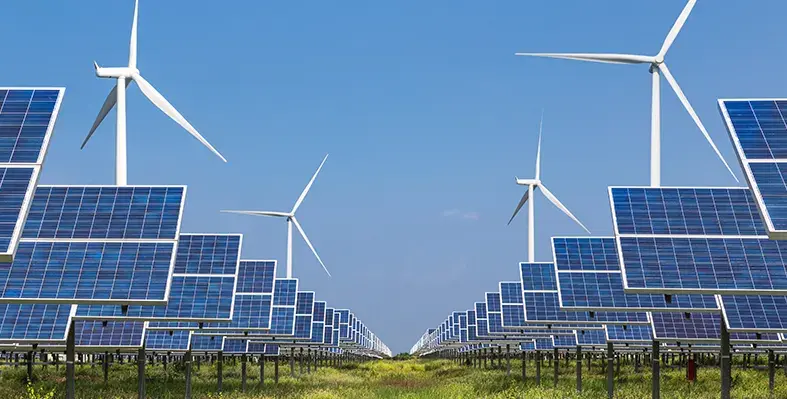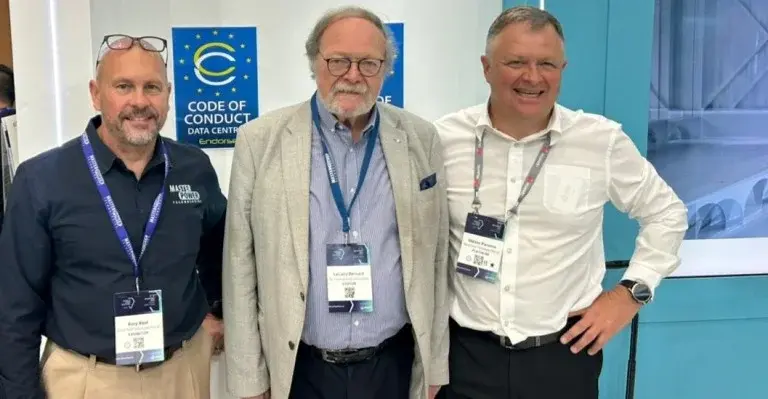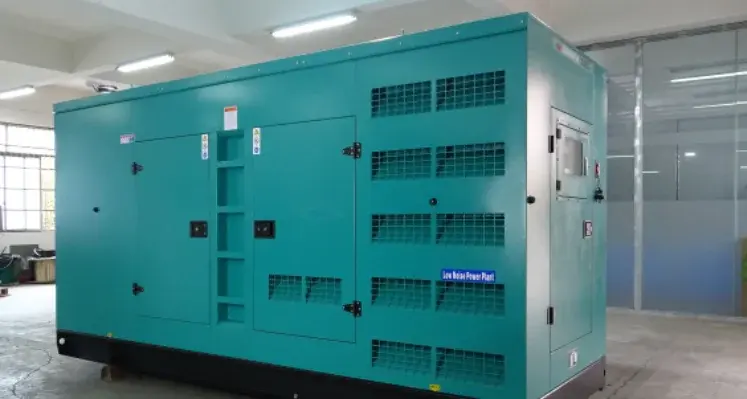Global momentum on energy efficiency is expected to gain pace in 2025, according to the International Energy Agency’s latest annual assessment
The update highlights renewed progress in an essential area for bolstering energy security, strengthening economic competitiveness, and reducing both energy costs and emissions.
The IEA’s yearly outlook, Energy Efficiency 2025, reports that global primary energy intensity — the main indicator for tracking efficiency improvements — is projected to rise by 1.8% this year, compared with only 1% in 2024. Early data suggests that major economies including India and China are showing signs of stronger improvement relative to their average performance since 2019.
Since 2019, global advances in energy efficiency have remained relatively muted, averaging about 1.3% annually, a notable decline from the roughly 2% yearly progress recorded between 2010 and 2019.
“The acceleration in global progress on energy efficiency that we’re seeing in 2025 is encouraging, including positive signs in some major emerging economies. But our analysis shows that governments need to work even harder to ensure efficiency’s full range of benefits are enjoyed by as many people as possible,” said IEA Executive Director Fatih Birol. “Energy efficiency has the power to enhance people’s lives and livelihoods through greater energy security, more affordable bills, improved economic competitiveness and lower emissions.”
Today’s improvement rate remains far below the 4% target set for 2030 at COP28 in Dubai in 2023, where nearly 200 governments committed to doubling the global average annual energy efficiency improvement rate by the end of the decade.
The new IEA study outlines areas where governments are increasing their efforts and highlights structural issues slowing progress. For instance, nearly two-thirds of the rise in global final energy demand since 2019 has come from the industrial sector, where gains in energy intensity have weakened in recent years.
Policy development is also falling behind technological advancement, resulting in missed opportunities for energy savings. Air conditioners provide a clear example: while expanding access has significantly improved living conditions globally, soaring use has also pushed cooling-related electricity demand higher. Most units sold today remain far less efficient than the top-performing models, unnecessarily raising consumers’ energy costs.
The report notes that stronger policy action is central to unlocking faster progress. Governments can move forward by increasing the ambition of existing measures — many of which have failed to keep pace with modern technologies — and by closing remaining policy gaps. About half of all countries still lack minimum energy efficiency standards for new buildings, including regions with rapidly expanding construction. Targeting these gaps, especially in areas with high energy use and strong savings potential, can help accelerate global improvement.
To improve transparency and support quicker progress, the IEA has expanded its Energy Efficiency Progress Tracker, offering the latest regional insights aligned with the findings of Energy Efficiency 2025. The Agency has also added fresh case studies to its Energy Efficiency Policy Toolkit, providing policymakers with best-practice examples from diverse sectors worldwide.













